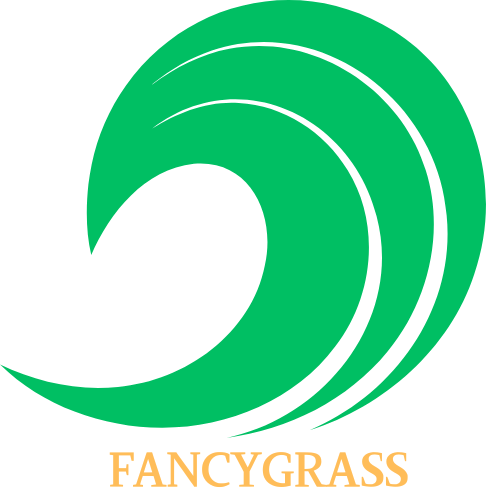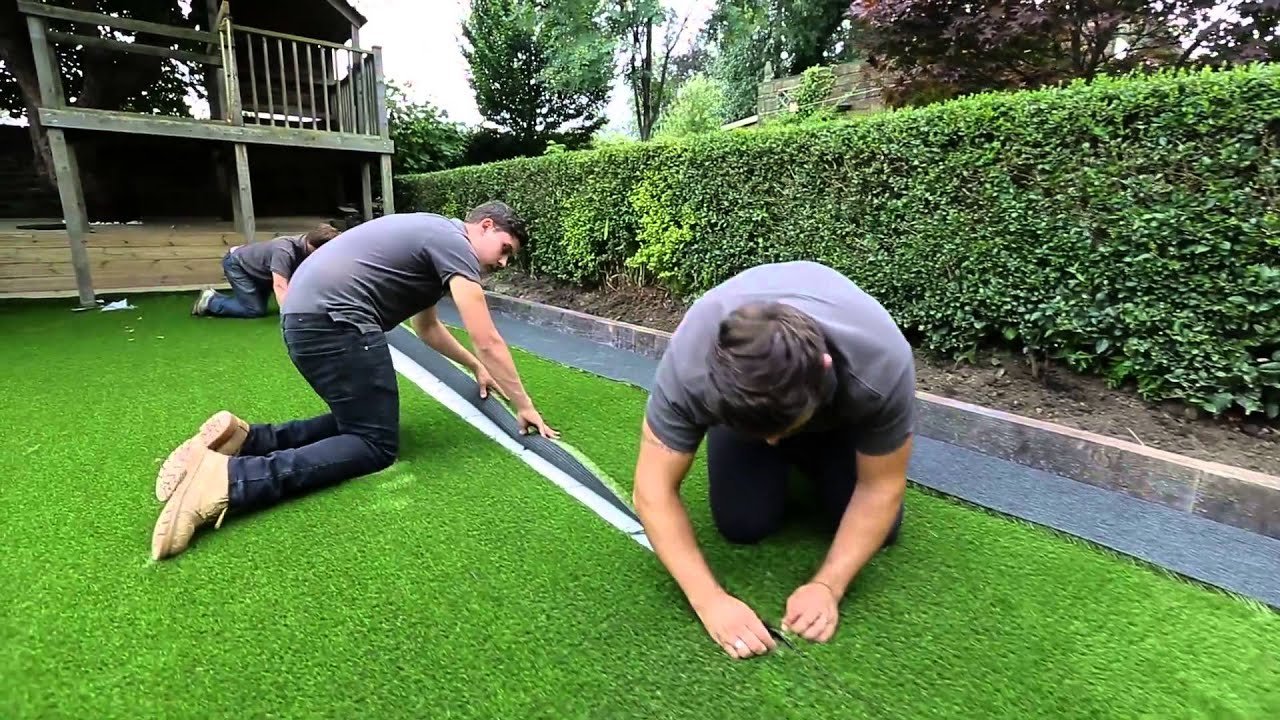Artificial turf has revolutionized landscaping, offering a low-maintenance, durable, and aesthetically pleasing alternative to natural grass. However, achieving a seamless and professional installation requires a keen understanding of cutting techniques. This guide will walk you through the essential steps and provide detailed instructions for cutting artificial turf, ensuring a flawless finish.
Introduction: Precision is Key to a Professional Look
Cutting artificial turf requires precision and care to avoid visible seams, the dreaded “mohawk effect,” and ensure a professional-looking installation. By following these steps and utilizing the right tools, you can achieve a flawless result.
Cutting a Straight Line: The Foundation of a Seamless Look
Cutting a straight line is the foundation of a professional-looking artificial turf installation. It ensures a solid appearance and makes it easier to join turf elements, especially when working around obstacles with 90-degree angles.
How to do it:
- Identify the Stitch: Turn the roll of artificial turf over and locate the stitches holding the blades together.
- Cut Between the Stitches: Use a sharp blade and cut carefully between the stitches, avoiding the stitching itself.
- Maintain Consistent Distance: If you plan to join the turf pieces, ensure the distance between the stitches remains consistent for a seamless fit.
- Fixer les bords : Even with a straight cut, secure the edges carefully to minimize visibility.
Cutting an S-Seam: The Invisible Seam Solution
For a seamless and aesthetically pleasing finish, consider using an S-seam. This method involves creating a serpentine cut that blends the pattern and color of the artificial grass, effectively hiding the seam.
How to do it:
- Use a Framing Tool: Rent or purchase a specialized framing tool designed for S-seam cuts.
- Position the Tool: Place the tool on the backside of the turf according to the manufacturer’s instructions.
- Cut the S-Seam: Use a sharp blade to carefully cut the S-seam, following the tool’s markings.
- Repeat for the Other Piece: Repeat the process for the other piece of turf.
Cutting Up to an Edge: Precision for a Seamless Transition
When your artificial turf meets a patio, garden element, or other obstacle, you need to cut it up to the edge.
How to do it:
- Position the Turf: Place the turf over the edge.
- Hold the Knife: Hold the knife in one hand and use the other hand to pull back the turf you need to remove.
- Cut in Small Segments: Start cutting in small segments, gradually removing the excess turf.
- Check the Fit: After cutting every few inches, lay the turf against the edge to check the fit.
Cutting Around a Tree: A Careful Approach
Cutting artificial turf around a tree requires a careful and precise approach to avoid damaging the turf.
How to do it:
- Cut a Straight Line: Cut a straight line from the edge of the turf to the tree trunk.
- Create an “X”: Cut an “X” at the side of the tree trunk.
- Slide the Turf: Slide the artificial turf in, ensuring it fits snugly against the tree trunk.
- Cut a Circle: Carefully cut a circle around the trunk, using a sharp blade and avoiding the tree roots.
- Secure the Seam: Use seam tape to secure the seam and blend it seamlessly with the surrounding turf.
Cutting a Golf Hole: Precision for a Professional Look
Golf fields present unique challenges for artificial turf installation. Cutting a golf hole requires precision to avoid damaging the turf and ensure the hole blends seamlessly with the surrounding turf.
How to do it:
- Install the Turf: Install the turf around the golf hole.
- Mark the Hole: Mark the hole with chalk.
- Cut an “X”: Cut an “X” in the middle of the marked circle.
- Cut Away: Cut away the turf piece by piece until the cup (installed in advance) becomes visible.
Conclusion: Mastering the Art of Artificial Turf Installation
Cutting artificial turf requires precision, patience, and the right tools. By following these steps and utilizing the right techniques, you can achieve a flawless finish and enjoy a beautiful, low-maintenance landscape. Remember, a professional installation is worth the investment, ensuring a long-lasting and aesthetically pleasing result.
FAQ
Q: What is the best tool for cutting artificial turf?
A: A sharp, dedicated blade is essential for cutting artificial turf. A sharp utility knife or a specialized framing tool designed for S-seam cuts are ideal.
Q: How can I avoid the mohawk effect?
A: Cutting between the stitches and using a sharp blade are crucial for avoiding the mohawk effect. Consider using an S-seam cut for a seamless and less noticeable seam.
Q: What is the best way to cut around obstacles?
A: Cutting a straight line, creating an “X” at the side of the obstacle, and carefully sliding the turf in are essential for cutting around obstacles.
If you’re interested in an artificial grass installation , please contact Fancygrass today to get your FREE Artificial Grass Design & Installation Estimate.

